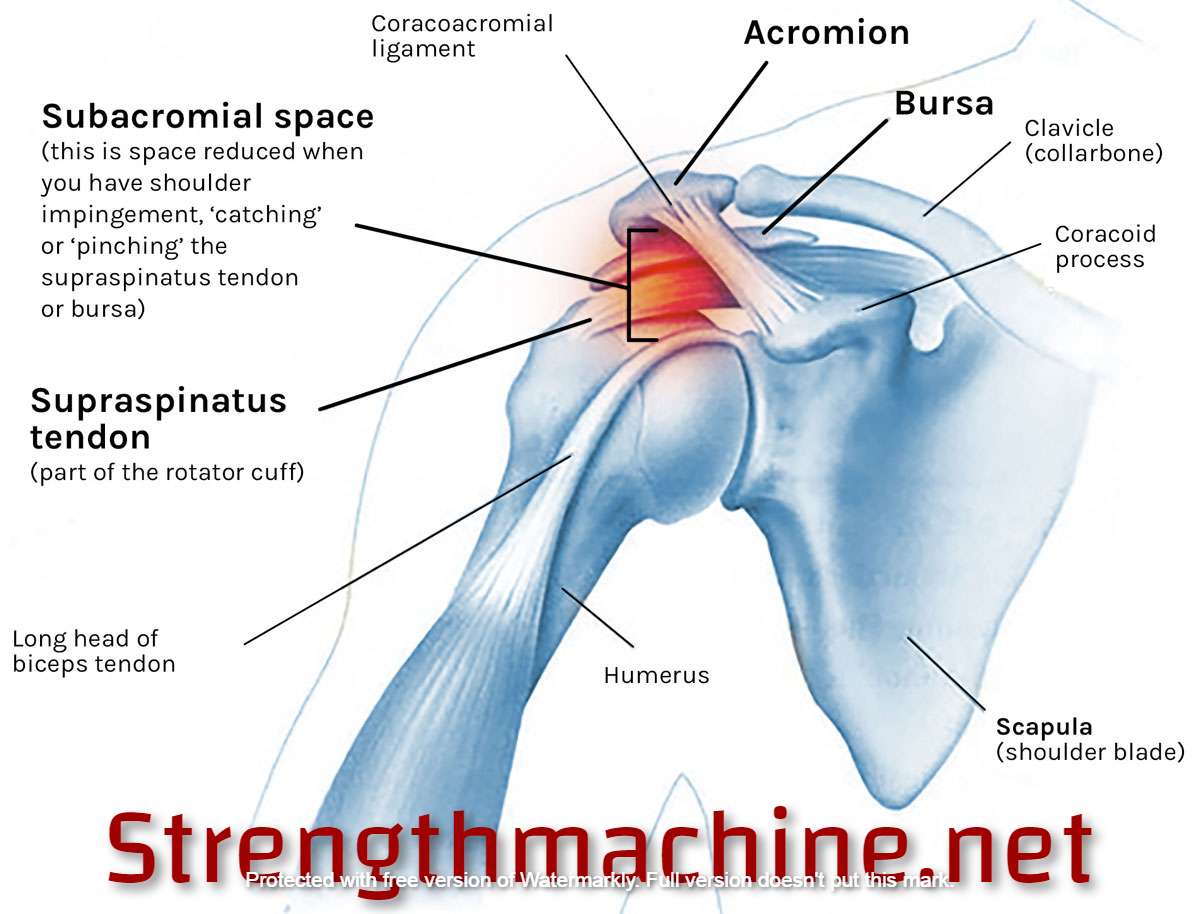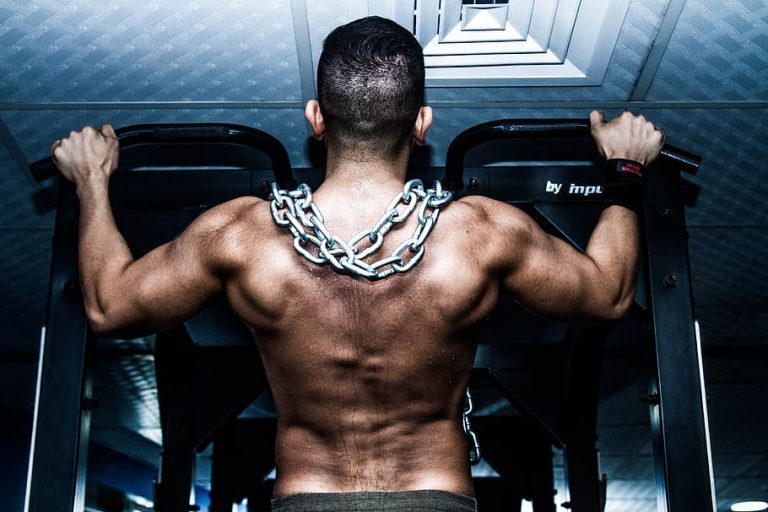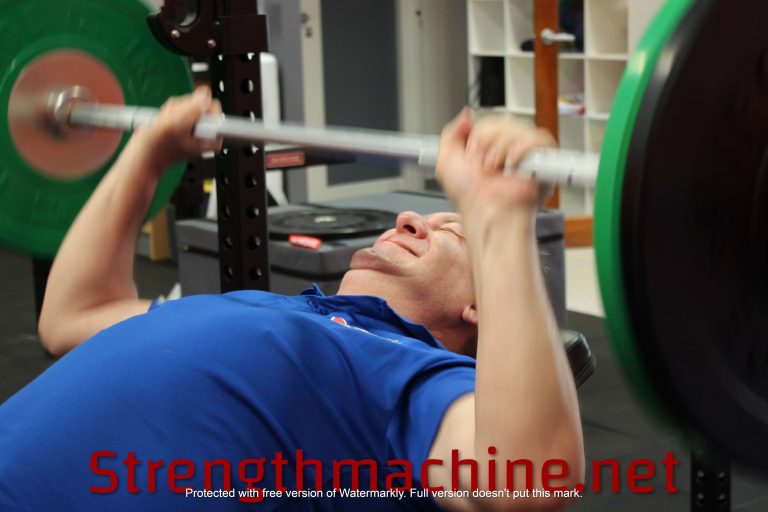A shoulder impact, otherwise called a shoulder tendonitis and a turning sleeve tendonitis, is an agonizing condition brought about by the compressed ligaments of the pivoting sleeve. Continued pressing can prompt shoulder crash disorder. The injury can likewise be brought about by a shoulder injury.
The rest, ice, compression and stature (R.I.C.E) technique and drug are medical aid therapies, yet may not be sufficient. At times, your primary care physician might require treatment for a shoulder injury, contingent upon the reason and seriousness of the sickness. Treatment can assist with diminishing the danger of inconveniences, for example, tearing the pivoting sleeve, and keep away from shoulder a medical procedure.
Moreover, the best five remedial exercises and stretches performed at home or physiotherapy to harm the shoulder can speed mending and reestablish work.
What is a shoulder blow?
Knowing the structure of the shoulder and its function gives a better idea of how a collision occurs. The shoulder has a strong ball joint that allows you to carry weight and perform a variety of movements.
Shoulder collision syndrome usually develops when a pivoting cuff is pressed under an acromion. Acromion is a visible bony bulge at the tip of the shoulder joint.
Other parts of the bone in the shoulder include the long bone in the upper arm (humerus), the scapula (scapula) and the clavicle. The muscles, tendons, ligaments and bursa also form the shoulder joint. The rotating cuff tendon and Bursa (a fluid-filled bag between two bones) are located under the acromion.
In some cases, the biceps tendon, ligaments, or Bursa (located between the tendon of the rotating cuff and the acromion) are compressed under the acromion.
Common causes of shoulder injury
The primary driver of a crash incorporate intense shoulder strain or horrendous injury, rehashed joint use, helpless stance, and joint degeneration. Individuals who participate in monotonous arm developments are more inclined to impact disorder. These incorporate competitors who play tennis, baseball, volleyball and weightlifting. People whose work includes dreary arm developments, like development laborers, are likewise at more serious danger.
Common symptoms of shoulder injury
Rotating compression of the cuff or other soft tissue causes pain that can be mild or debilitating. Other probable symptoms include:
- Swelling or tenderness (inflammation)
- Stiffness or lesser shoulder range of motion
- Pain or weakness when you move your arms above your head or in other directions
- Discomfort or pain when trying to sleep on the shoulder side
- Pain when trying to stretch your arm or throw something
- 5 best shoulder exercises and stretches
- Exercises, including shoulder tendonitis exercises and shoulder bursitis exercises, are designed to rehabilitate and strengthen the joint and increase range of motion.


